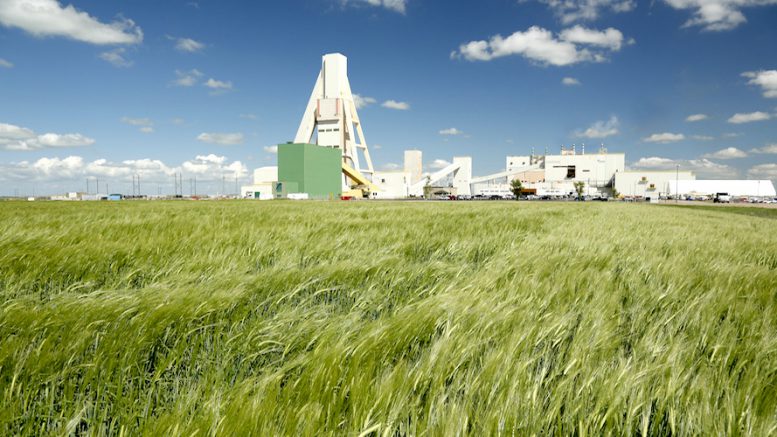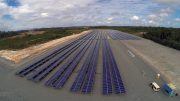Today I want to draw your attention to the other side of the commodities market — food. The soft commodities are an important but overlooked investment theme.
As we head toward the pointy end of this commodity cycle, the ‘softs’ as some like to call them, could follow the same trajectory as their metal cousins.
While the demand and supply fundamentals are different, commodity-wide booms are just that — higher prices across all sectors of this market. This is what we witnessed during the last early 2000s boom.
So, what would drive prices higher for things like grain, rice, oats in the years ahead? Well, on the demand side, we have a burgeoning global middle class that’s ravenous for meat.
As populations in the east climb the wealth ladder, moving from poverty to middle class, so too do their eating habits, from a vegetable-based diet to one that’s dominated by meat.

Meat consumption is on the rise. Credit: Science
As the graph above (top left) shows, global meat consumption has increased six-fold since 1960, from 50 million tonnes to a staggering 300 million tonnes. Meanwhile, the lower graph shows an exponential increase of meat consumption in China (red line).
So why does that add pressure to food supplies?
Well, meat is an inefficient source of protein and requires high volumes of agricultural inputs including the very thing that’s set to meet shortages in the months ahead: grains.
Only a tiny fraction of the grain used to feed livestock passes onto the consumer in the form of meat. Most of the energy or protein is lost via the animals’ daily metabolism.
Simply put, as Asia continues to bring more citizens into the middle class, pressure on grain prices, fuel and arable farmland will rise.
Yet grain supply is already under strain.
Unlike the supply of metals which are extracted from the ground, production primarily depends on global weather patterns.
For many important grain growing regions in the northern hemisphere the outlook looks bleak.
The latest monitoring survey from the U.S. shows much of the country under drought.

Drought conditions in the United States in July 2023. Credit: USDA
Severity ranges from abnormally dry across the south, northeast and northwest (yellow) to extreme or exceptional drought conditions in the bread bowl states of Nebraska, Iowa and Kansas (red/purple).
It’s a similar situation to the north in Canada.
Farmers in this major grain growing hub are feeling the pinch with 60% of the country classified as abnormally dry or in moderate to extreme drought.
That’s according to the latest research from Canada’s department of agriculture, which you can also see on the heat map below.

Drought conditions in Canada in June 2023. Credit: Government of Canada
Climate scientists put this down to global warming, oceanographers claim it’s the shifting patterns of El Nino and El Nina events while geologists suggest sun spot cycles.
It’s likely to be combination of all these factors.
Yet scientists are unanimous. Drought and flood events are occurring with higher frequency and severity, right across the planet.
Global grain production is on a collision course with major changes in the earth’s weather patterns.
But this is not the only concern.
War and geopolitics will also play its role in constricting supply in the years ahead.
Putin’s decision to pull out of the Black Sea Grain Initiative in July is the latest example.
The agreement which was brokered between Ukraine and Russia by the United Nations and Turkey nearly 12 months ago was critical for maintaining global supply chains of grain.
It allowed more than 32 million tonnes of Ukrainian grain to be exported to 45 different countries while war raged on.
However, grain cargo’s leaving Ukrainian ports are no longer protected under the agreement.
Like a return to the Biblical epochs of the past, the 2020s have witnessed a rebirth of war, pandemic, trade hostilities, drought, food shortages and famine.
Are all these events colliding in unison thanks to some major cyclical change? Perhaps.
One thing is certain: A rapid deployment of global investment is needed to help stabilize commodity supplies.
This is a trend investors need to follow.
But what’s the best strategy to gain portfolio protection from a looming food crisis?
Fertilizer stocks.
As the world braces for a decade of climate volatility, drought, war, and broken supply chains, fertilizer stocks offer a glimpse of hope in this coming age of scarcity.
Fertilizer has the capacity to increase production across farmland that hasn’t been impacted by climate or geopolitics.
With the global population growing at an unsustainable level of more than 1 billion people every 12 years, fertilizer offers some reprieve.
It’s why investors should consider gaining exposure to this important asset class.
— This column was previously published in Livewiremarkets.com.
James Cooper is a geologist and mining analyst. Based in Melbourne, he’s now the resident commodities analyst at Fat Tail Investment Research and editor for the Diggers & Drillers Publication. You can follow him on X (Twitter) @JCooperGeo.





Be the first to comment on "Why investors should make room for fertilizer stocks in their portfolios"